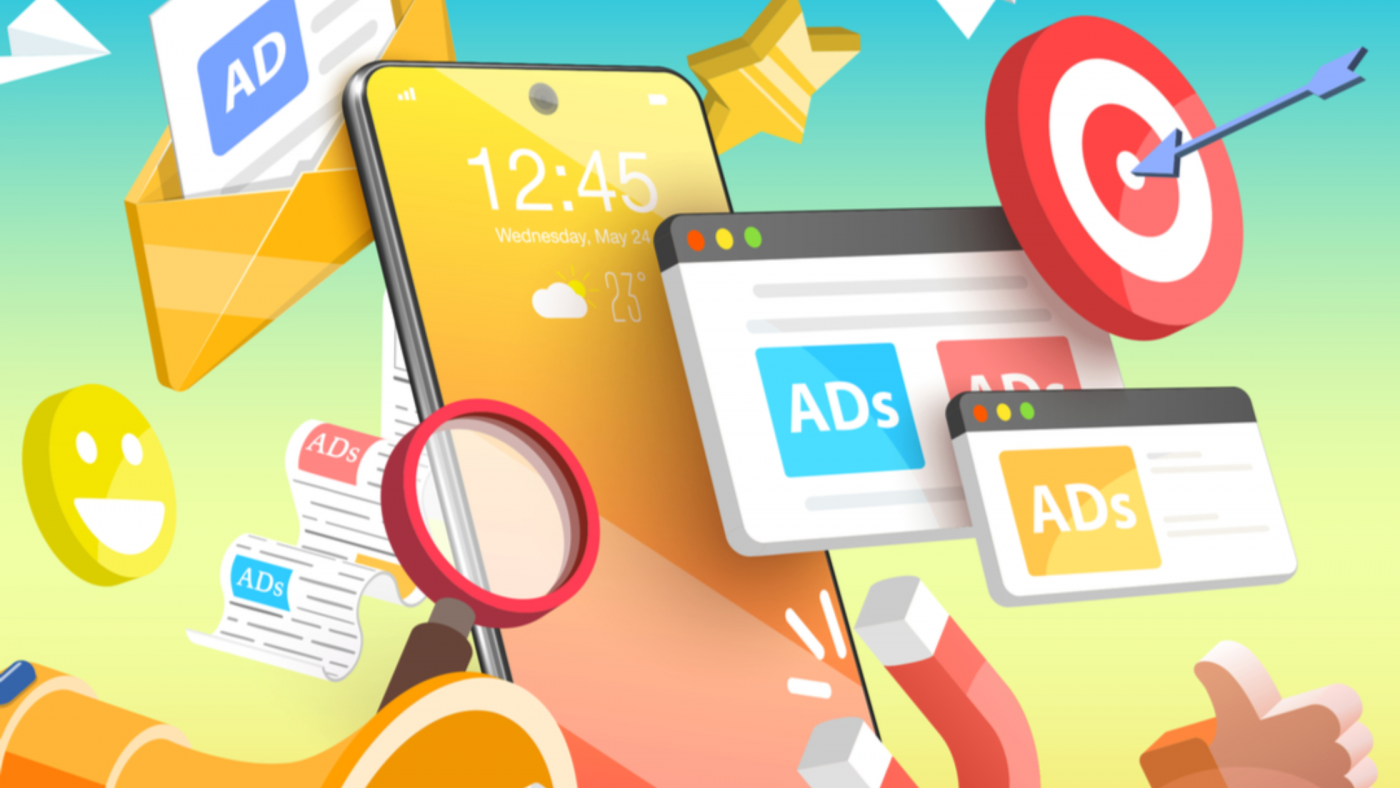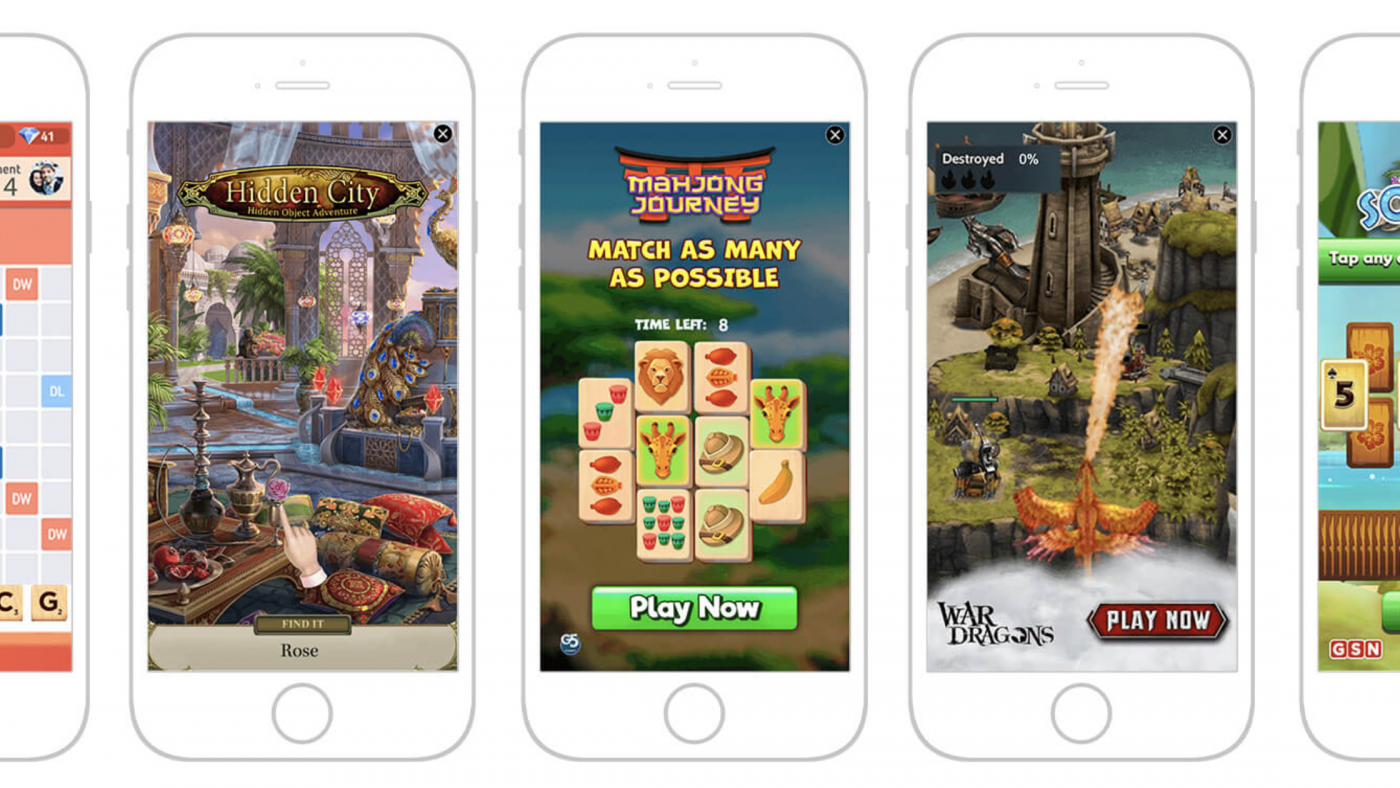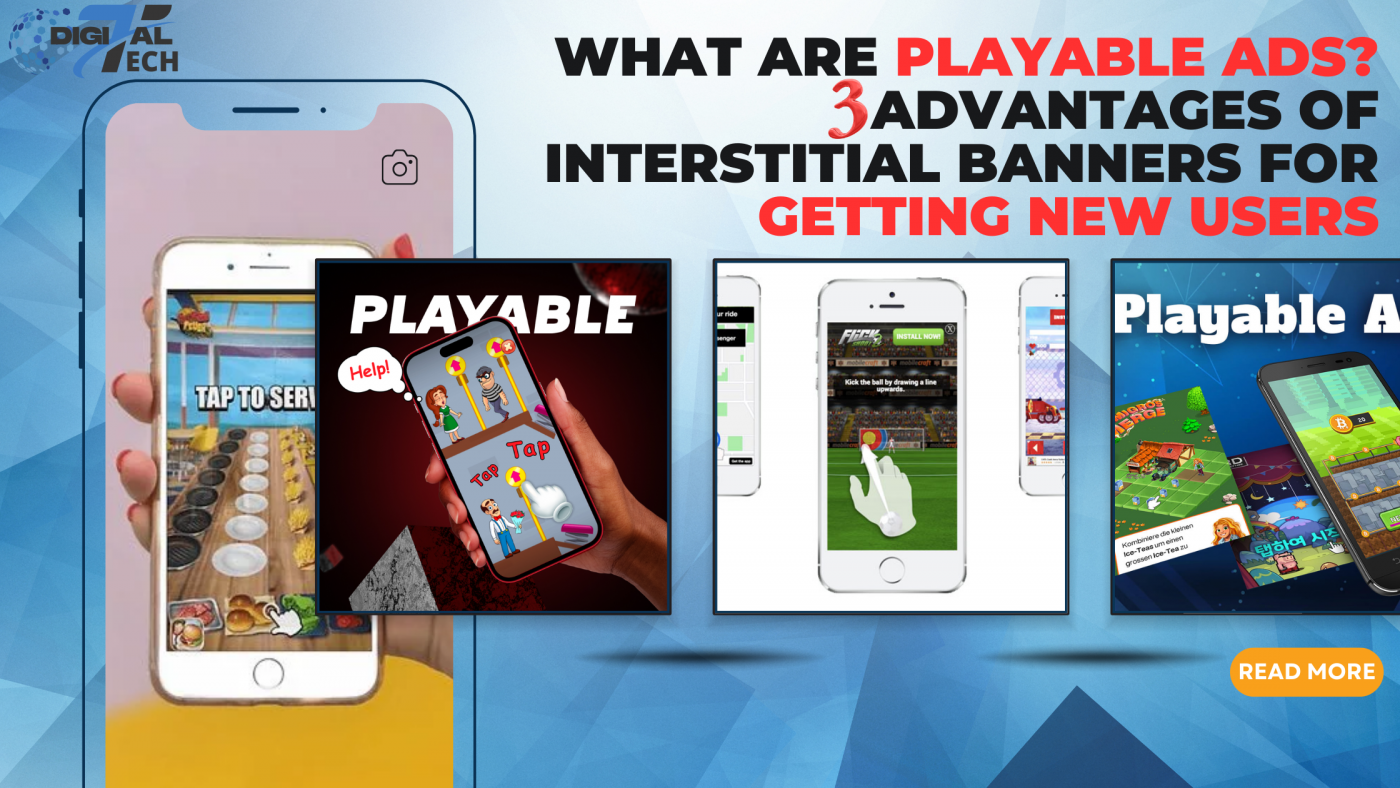Playable advertisements have become a cutting-edge and dynamic marketing technique, drawing viewers in with interactive experiences that conflate entertainment and advertising. Playable advertisements are a breath of fresh air in an age overflowing with obtrusive pop-ups and static banners. They engage people in a direct manner that not only advertises goods and services but also amuses and delights.
This piece will examine the dynamic realm of playable advertisements, delving into their characteristics, structure, advantages, and significant influence on the digital advertising scene. Playable advertising, from their modest origins to their current widespread popularity across many platforms, have completely changed the way that we think about user engagement. They provide advertisers and publishers with hitherto unseen chances to meaningfully engage with their target audiences in order to acquire new users.
This essay will clarify the intricacies and possibilities of playable advertisements via a thorough examination of their efficacy and mechanics, illuminating their potential to revolutionize contemporary marketing tactics by 2024.
1. What are playable ads?
Playable commercials use interaction and immersion to engage target audiences like traditional ads cannot. Playable advertising, which resembles mini-games or simulations, engages consumers more than static banners or video ads. Mobile apps and websites often integrate these ads into the user experience.

What are playable ads?
Playable commercials were intended to promote mobile games, which explains their unique qualities. Playable advertising has been utilized to promote other applications’ categories in recent years due to their astounding success.
Users are asked to tap, swipe, drag, and perform other actions when they see a playable ad. Interactivity draws viewers’ attention and engages them, making ads more personalized and pleasant.
Playable advertising ranges from basic puzzles and quizzes to complex simulations and challenges, suited to different demographics and goals. It gives users a firsthand look at the mobile game’s features, characteristics, and value proposition through gameplay, often increasing engagement and conversion rates.
Playable ads help advertisers understand user behavior and preferences, allowing them to tweak their targeting techniques rather than modify ad features to engage viewers and optimize campaign effectiveness.
Playable advertisements are interstitial advertising that lets users check various game levels.
2. Various playable ad formats?
Playable advertising has transformed digital marketing user engagement. Interstitial playable advertising is unique in its ability to effortlessly blend into the user experience and maintain relevancy. These ads usually run during game breaks to grab the user’s attention without disrupting the flow.
Compared to static advertising, interactive, playable ads provide users with a hands-on preview of a product or service, increasing engagement. Playable interstitial advertisements often offer consumers a mini-game or interactive experience linked to the promoted goods. This direct gameplay method entertains and immerses customers in the game’s features, making commercials memorable and compelling.

Various playable ad formats?
Utility-focused interstitial playable advertising provides viewers with useful tools or simulations. For instance, a fitness app ad that lets users personalize and visualize their ideal workout regimen shows off the software’s capabilities and provides value. These advertisements attract attention and build trust by giving tangible benefits or solutions.
Stories can be used in interstitial playable advertisements to evoke emotion. Interactive storytelling allows brands to engage audiences and spark interest in their products and services. These ads create a lasting impact and strengthen brand-audience bonds by incorporating storytelling into the interactive experience.
Interstitial playable advertising allows marketers to adapt their design and presentation to diverse platforms and demographics. These ads can optimize engagement and performance by adapting to each advertising channel using full-screen animations, interactive overlays, or augmented reality. Brands can use each platform’s capabilities to make playable ads that engage with their target audience and deliver results.
3. Benefits of interstitial playable ads
In recent years, interactive playable advertisements have revolutionized mobile marketing, bringing huge benefits that publishers love. Immersive and interactive ads attract viewers and generate money and engagement for publishers.
Interstitial playable advertisements had greater CTRs than static or video ads. Playable advertising stimulates curiosity and engagement by giving users a hands-on experience with the advertised product or game, lifting CTRs. This increased engagement helps advertisers convert more and boosts publisher ad revenue because advertisers are ready to pay more for results-driven ads.

Ability to generate higher click-through rates (CTRs)
Interstitial playable advertising allows publishers to monetize without affecting the user experience. Playable advertisements blend into the app or game environment, giving consumers a non-intrusive and entertaining commercial experience. Banner ads and pop-ups might push users to ad blockers. This user-friendly strategy boosts retention, satisfaction, and app or game perception. Thus, publishers may monetize their games with playable ads without reducing user interest, benefiting both parties.

Lucrative monetization opportunity
Interstitial playable advertising lets publishers optimize ad placements and target specific audiences by revealing user behavior and preferences. Publishers may track completion rates, time spent, conversion rates, and more with playable advertising using advanced analytics and tracking. With this data, publishers may improve ad targeting, user acquisition, and the user experience to boost long-term engagement and revenue. Playable ads provide actionable analytics that help publishers make decisions that improve their bottom line and users.
4. The most effective strategies for playable ads
In the realm of playable advertisements, marketers are always looking for the best ways to draw in viewers and encourage them to become customers. Of the many tactics that are now in use, a few prominent ones have proven to be especially successful in optimizing the impact of playable advertisements.
1. Concentrating on highlighting the essential gameplay elements

Concentrating on highlighting the essential gameplay elements
It’s critical to concentrate on presenting the essential gameplay elements in the initial few seconds of the advertisements. Emphasizing the game’s benefits up front can greatly increase conversion rates because users are more willing to interact with advertising that provides instant fun and satisfaction.
2. Integrating gaming elements

Integrating gaming elements
Including game features like leaderboards, challenges, and prizes can increase user engagement and encourage continuous participation. Playable advertisements provide a sense of urgency and excitement that entices users to fully engage by appealing to basic human drives like success and competitiveness.
3. Personalization plays a pivotal role in tailoring the ads content

Personalization plays a pivotal role in tailoring the ads content
A key component of customization is adjusting the gameplay mechanics and advertisement content to each user’s unique tastes and behaviors. Advertisers may provide hyper-relevant and personalized experiences that connect with every user by utilizing user data and segmentation strategies. This boosts engagement and encourages conversions.
4. Enhancing the originality of the advertisements for mobile
It is crucial to optimize the creative for mobile ads and guarantee flawless operation across various operating systems, screen sizes, resolutions, connections, etc. Because mobile users have short attention spans and want seamless, responsive experiences, it is critical to optimize playable advertising’s technical features in order to keep viewers engaged and avoid drop-offs.
5. Leveraging A/B testing
Advertisers can enhance and modify their playable advertising over time by utilizing iterative optimization techniques and A/B testing. Through trial and error with various ad formats, gaming dynamics, and calls-to-action, marketers can determine which combinations produce the best results and tailor their campaigns to have the biggest possible impact on players.
5. Conclusion
Playable advertisements are a significant development in the field of digital advertising since they provide a dynamic and engaging method of user engagement on mobile platforms. These advertisements give marketers a potent tool to highlight their goods while giving consumers experiences that add value because they allow users to be seamlessly integrated into the game’s world.
Advertisers can optimize playable advertising and achieve significant campaign outcomes by incorporating tactics like gamification, customization, rapid gratification, mobile optimization, and iterative optimization.
Playable commercials, which offer engaging and dynamic experiences that engage consumers and encourage conversions, are positioned to remain a pillar of marketers’ marketing strategy as the mobile advertising landscape develops. Playable ads highlight the value of creativity and innovation in the rapidly evolving field of digital advertising since they have the ability to completely transform user engagement and monetization.

